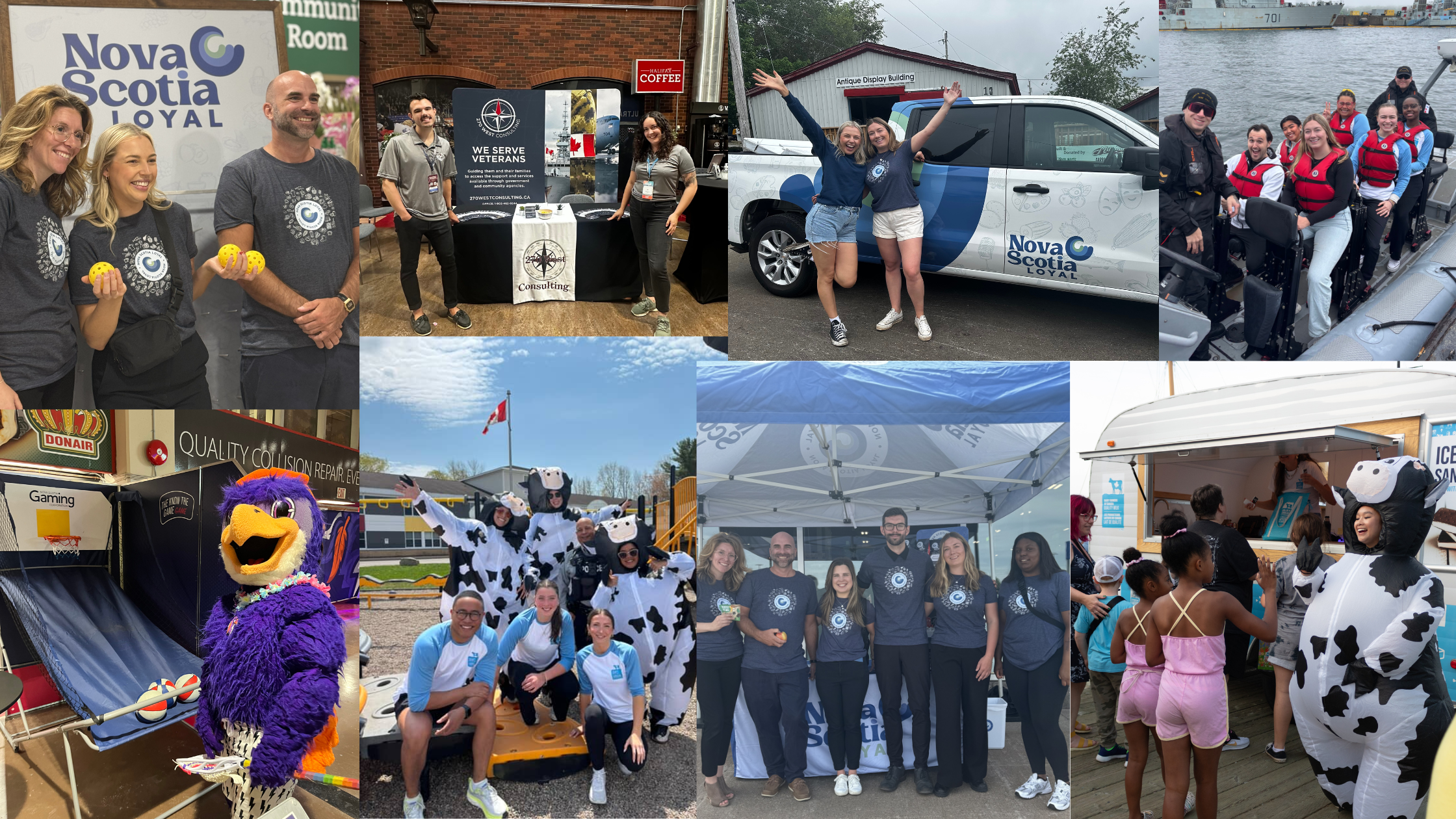Marketing has always had the power to shape culture, but the way it does that has transformed.
In the early 1900s, diamonds were not considered essential for engagements. They were viewed as a luxury, optional and often out of reach for most people. There was no deep emotional connection between the stone and the consumer. That is, until a single marketing campaign changed everything.
The Spark That Changed Culture
At the time, the diamond market faced a major problem. Supply was high, demand was low, and interest in diamonds was declining. In 1938, De Beers, the major diamond mining company, partnered with advertising agency N.W. Ayer to revive the market. But instead of focusing on price or product features, they focused on meaning.
In 1947, a young copywriter at the agency, Frances Gerety, coined the now-famous phrase: "A diamond is forever."
This simple line did more than sell diamonds. It sold the idea of a diamond as a symbol of everlasting love. The ads didn’t show price tags or technical specs. They showed romance, devotion, and commitment. Suddenly, a diamond wasn’t just a stone. It was proof of love. A cultural expectation was born.
A Market Transformed
The results were incredible. By the 1950s, 80 percent of American engagement rings featured a diamond. The "two months' salary" guideline emerged as a way to anchor spending, not in value, but in emotional significance. Hollywood films and celebrities helped cement the idea even further.
A clever marketing message had turned into a near-universal tradition. People weren’t just buying jewelry. They were buying into a story. A symbol. A belief.
The Power of Storytelling in Marketing
This campaign remains one of the most successful examples of emotional branding in history. It reminds us that great marketing isn’t just about moving product. It’s about moving people.
But while the core of marketing remains rooted in storytelling and emotional connection, the way people engage with brands has changed.
Enter the Age of Experience
Today’s consumers are more skeptical, more informed, and more experience-driven than ever before. They don’t just want to hear what a brand stands for. They want to feel it for themselves.
That’s why modern marketing has evolved into something more immersive and personal: experiential marketing.
Experiential marketing creates real-life brand moments that invite people to engage directly. From product sampling and branded installations to interactive events and pop-up experiences, it brings brands to life in ways that are meaningful, memorable, and emotional.
What MaverickXM Does
At MaverickXM, we take the heart of what made campaigns like "A diamond is forever" so impactful, and we translate that into experiences built for today's world.
We help brands connect with people through live, on-the-ground interactions that tell stories you can step into. Whether it's through festivals, retail activations, or pop-up events, we make sure audiences aren't just hearing your message. They're feeling it. Living it. Remembering it.
Because in a time when attention is fleeting, experiences are what last.
From timeless taglines to real-time engagement, marketing has evolved. But the goal remains the same:
To connect, to inspire, and to create meaning that lasts long after the moment ends.
Sometimes that starts with a single phrase.
And sometimes, it begins the moment someone steps into your brand’s world.

